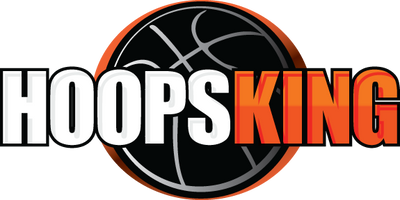Description
Mastering the Art of Better Ball Handling: Unlock Your Dribbling Potential
Introduction
Welcome to our comprehensive guide on Better Ball Handling, a transformative program designed to enhance your team's dribbling skills and elevate their performance on the basketball court. In this article, we will delve into the intricacies of Better Ball Handling, providing you with expert insights, advanced techniques, and detailed breakdowns to help your team become exceptional ball handlers. Whether you're a coach, player, or basketball enthusiast, this guide is your key to unlocking the full potential of Better Ball Handling.
Understanding Better Ball Handling
Better Ball Handling is a specialized program developed by basketball experts that focuses on improving dribbling skills, control, and creativity. It emphasizes the importance of ball control, quickness, and versatility in creating scoring opportunities and maintaining offensive flow. By implementing the principles of Better Ball Handling, your team can gain a significant advantage by becoming more confident and effective ball handlers.
Key Principles of Better Ball Handling
1. Fundamentals of Dribbling
Better Ball Handling places a strong emphasis on mastering the fundamentals of dribbling. This includes techniques such as stationary dribbling, change of pace, crossover dribbles, between-the-legs dribbles, and behind-the-back dribbles. Players learn to maintain control of the ball while executing these moves with precision and accuracy.
2. Ball Control and Hand-Eye Coordination
Better Ball Handling focuses on developing superior ball control and hand-eye coordination. Players engage in drills and exercises that enhance their ability to handle the ball in various situations, maintain control under pressure, and execute precise dribbling movements. Improved ball control allows players to navigate through defenses, create space, and set up scoring opportunities.
3. Dribbling in Game-Like Situations
Better Ball Handling incorporates game-like situations and realistic scenarios into training sessions. Players practice dribbling under pressure, navigating through defenders, and making quick decisions with the ball. By simulating game situations, players develop the ability to apply their dribbling skills effectively in actual game scenarios.
Implementing Better Ball Handling
To successfully implement Better Ball Handling, teams must focus on key strategies and techniques. Let's explore some of the essential elements that will enhance your team's dribbling abilities:
1. Skill Development Drills
Design skill development drills that target specific aspects of ball handling, such as dribbling speed, control, and advanced moves. Incorporate stationary dribbling drills, cone drills, dribble weave exercises, and game-like dribbling challenges. These drills allow players to develop a wide range of dribbling skills and build confidence in their ball-handling abilities.
2. Game Simulation and Decision Making
Integrate game simulation activities into your training sessions to provide players with practical experience in dribbling under pressure. Organize controlled scrimmages or game-like situations where players can apply their dribbling skills in real-time, making quick decisions and reacting to defensive pressure. This enhances their ability to handle the ball effectively while maintaining control and making smart decisions.
3. Weak Hand Development
Emphasize the development of players' weak hand dribbling skills. Encourage equal practice and attention to both the dominant and non-dominant hand. By strengthening their weak hand, players become more ambidextrous, making them harder to defend and opening up new dribbling opportunities on the court.
4. Ball-Handling Challenges
Incorporate ball-handling challenges into your training regimen to enhance players' dribbling skills and creativity. These challenges can include dribbling through tight spaces, dribbling while performing agility exercises, and incorporating
advanced dribbling moves into game-like situations. By incorporating these challenges, players develop the ability to handle the ball in difficult circumstances and improvise when facing defensive pressure.
The Benefits of Better Ball Handling
Implementing Better Ball Handling offers numerous benefits that can elevate your team's performance and enhance their overall gameplay. Let's explore some key advantages:
1. Enhanced Dribbling Skills
Better Ball Handling enhances players' dribbling skills, making them more confident and effective ball handlers. By focusing on the fundamentals, ball control, and game-like situations, players develop a wider range of dribbling moves and techniques. This improved dribbling ability allows players to navigate through defenses, create scoring opportunities, and make precise passes.
2. Improved Offensive Flow
Better Ball Handling contributes to improved offensive flow. Players with strong dribbling skills can break down defenses, penetrate the lane, and collapse the defense, creating open shots for themselves and their teammates. The ability to maintain control of the ball and make quick decisions enhances ball movement and increases scoring chances for the team.
3. Increased Versatility and Creativity
Better Ball Handling fosters versatility and creativity in players' dribbling repertoire. By mastering advanced dribbling moves and developing ambidexterity, players become more unpredictable and difficult to guard. This versatility allows players to adapt to different defensive strategies, exploit mismatches, and create scoring opportunities with their dribbling skills.
4. Enhanced Confidence and Decision Making
Better Ball Handling improves players' confidence in handling the ball under pressure. Through practice in game-like situations, players develop the ability to make quick decisions, react to defensive pressure, and maintain control of the ball. This enhanced confidence leads to better decision making on the court, reducing turnovers and increasing the team's overall offensive efficiency.
5. Defensive Benefits
Better Ball Handling not only improves offensive capabilities but also contributes to better defense. Players with strong dribbling skills are better equipped to handle defensive pressure, evade traps, and make accurate outlet passes. This enables the team to transition quickly from defense to offense and disrupt opponents' defensive strategies.
Conclusion
Better Ball Handling is a transformative program that enhances dribbling skills, control, and creativity. By implementing the key principles, strategies, and techniques outlined in this guide, you will equip your team with the tools necessary to elevate their ball handling and overall performance. Remember, mastering Better Ball Handling requires practice, repetition, and a commitment to continuous improvement. So, embrace the art of better ball handling, unlock your team's full potential, and watch as their improved dribbling skills transform your offense into a dynamic, unstoppable force. The path to basketball excellence starts with better ball handling!
Frequently Asked Questions (FAQs)
Q: Can I rent DVDs if I'm located outside the USA?A: No, we only rent DVDs within the USA. No rental DVD orders will be mailed outside the USA.
Q: Is it possible to purchase the DVDs instead of renting them?
A: No, the DVDs are available for rent only and are not for sale.
Q: What do I need to do before renting a DVD?
A: Before you can rent a DVD, you must submit a Rental Membership form. This is a one-time requirement.
Q: Is there a monthly subscription fee for renting DVDs?
A: No, there is no monthly subscription fee required.
Q: How long is the viewing period for rented DVDs?
A: The viewing period is 5 days for single titles and 10 days for DVD sets. If you order at least 3 single DVDs, then the viewing time is 10 days.
Q: What are the shipping costs for renting DVDs?
A: Shipping is FREE! The price of the rental includes shipping and return shipping. There are no additional shipping charges.
Q: Can I get an extended viewing time?
A: Yes, just make the quantity of a DVD (2) and that will double your viewing time.
Custom Coaching Products
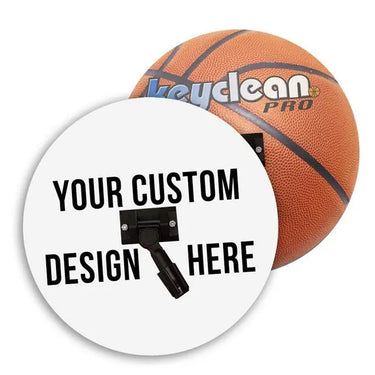
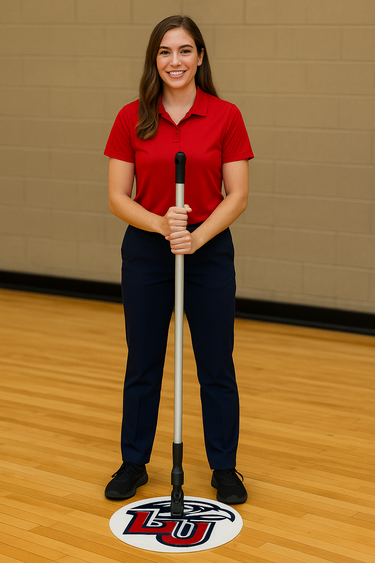
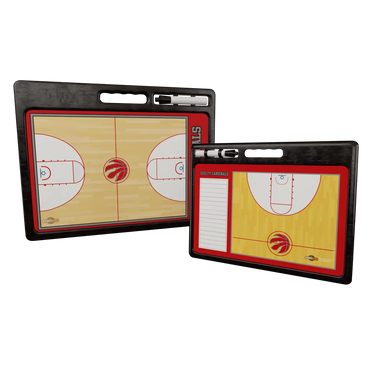
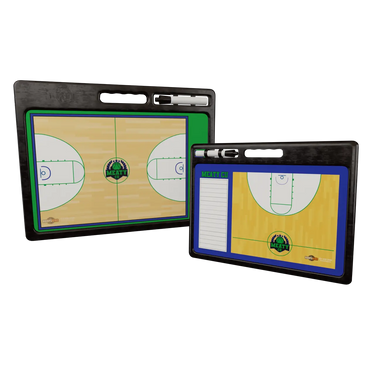
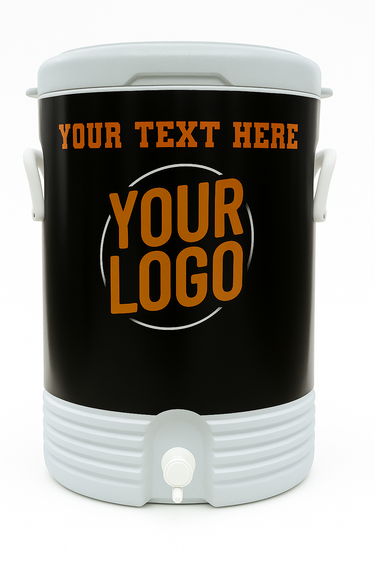

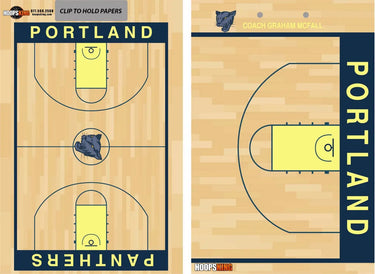
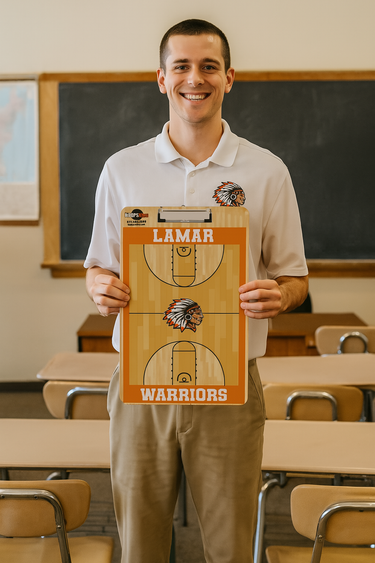
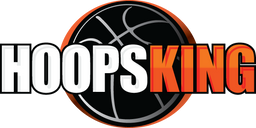
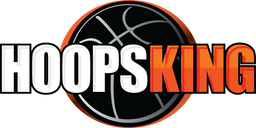



 Better Ball Handling Sample Workout
Better Ball Handling Sample Workout
